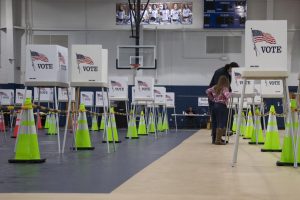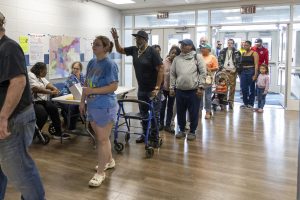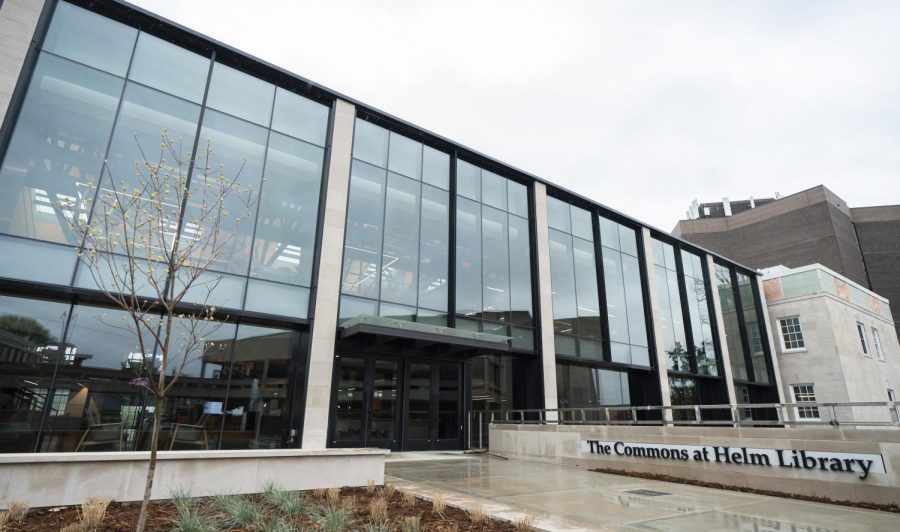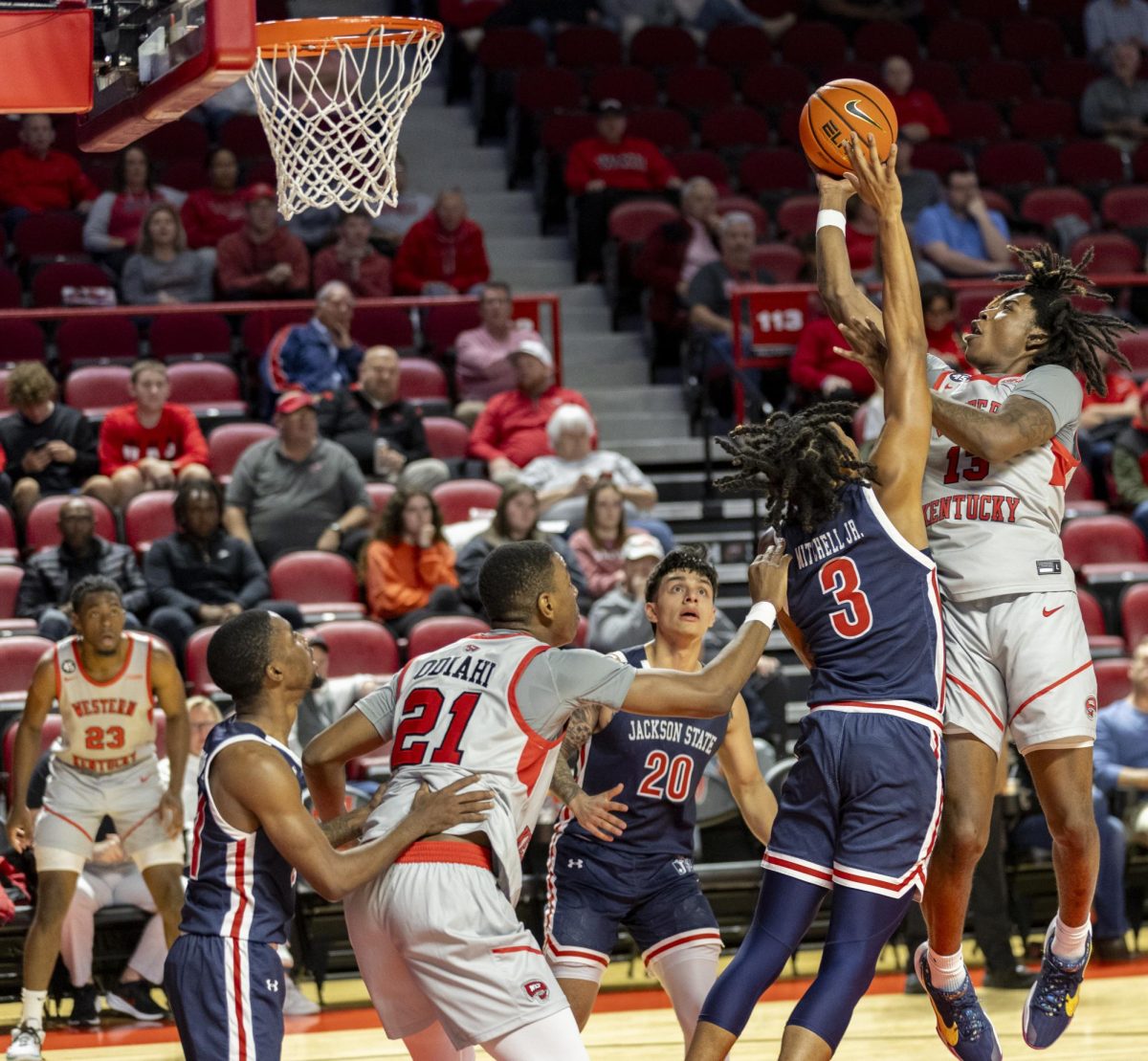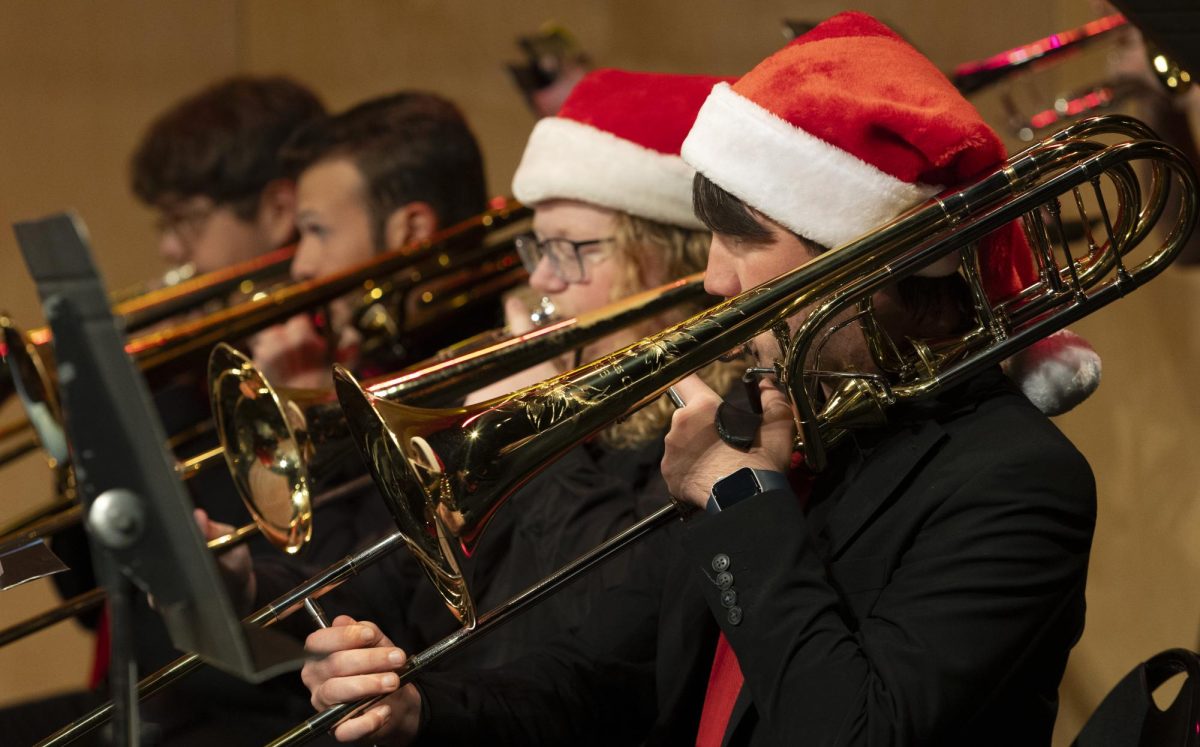Humanizing the faces of college poverty
April 5, 2017
The vast majority of recent high school graduates immediately attend college, according to the Bureau of Labor Statistics. But how accessible is this seemingly life-changing experience to lower-income individuals?
Meet Julia and Sarah–two Hilltoppers from lower-income family backgrounds–who took the plunge and invested in their higher education.
Julia, a Bowling Green native, is majoring in social work. After losing her mother at 11, Julia was raised by her grandparents. Her father, a dry-wall contractor, tried to become a caregiver for his daughter after her mother’s death. However, he suffered from drug addiction and was incarcerated.
Julia’s family utilized Medicaid and food stamps both before and after her mother’s death. During the winter of 2008, her family wasn’t able to afford a new heating unit after theirs failed. Opening the oven door would serve as their primary heat source.
Sarah, a senior accounting major, in contrast, comes from a traditional, nuclear, working-class family in Bowling Green. Sarah’s mother benefited from the Women, Infants, and Children (WIC) program to take care of Sarah and her siblings. Her father has a high school diploma and works in car retail, while her mother completed an Associates of Arts and worked as an accounts specialist. The married couple makes a combined income of less than $52,000.
“I saw how they struggled, and I figured that I could do better. I was intrinsically motivated to succeed. That might have just come from my mom placing an emphasis on learning and reading,” Sarah said.
Julia shared a similar view on education seeing it as the only thing which could save her.
“I watched my parents struggle. I was going to positively benefit the community,” she said. “When I have children, I am not going to worry about affording milk this week.”
The logistics of financing higher education is daunting for low-income students. Julia, for example, viewed the FAFSA as “this one document that would determine if I could go to college.” Having an Expected Family Contribution (EFC) of zero, Julia receives an aid package consisting of need-based aid and federal loans.
Sarah qualified for both merit-based and need-based aid. However, this was simply not enough to afford rent, utilities, incidentals and other necessities. They both work two part-time jobs to be able to make up for where their aid packages lack.
Sarah had even worried that she wouldn’t be able to graduate, declining to sign the “Commitment to Commencement” banner her freshman year.
“I didn’t think I would make it,” Sarah said. And she’s not alone, only 41 percent of low-income college students end up finishing their bachelor’s degree.
Unlike their peers from higher-income status, Sarah and Julia have been affected by the pervading fear of not having enough money to continue their educations. This dictates every last detail of their college experiences, including major selection.
Sarah chose accounting because of its relatively low unemployment rate.
“I didn’t want my education to go to waste,” she said. “I wanted to study something I found interesting like film or sociology, but as Ben Franklin said, the only things certain in life are ‘death and taxes.'”
These disparities result in a notable disconnect among lower-income students, non-poor students and even faculty.
“A girl in my class the other day said that their parents spent $12,000 out of pocket to study abroad. I could never imagine asking my parents for that money, let alone gallivanting wherever,” Sarah said.
Julia said faculty is not forgiving of her demanding work schedule.
“The majority of public education teachers come from white, middle-class backgrounds,” Julia said. “That reaches into post-secondary education. A lot of those people don’t get it.”
Co-existing in an environment where lower-income students are disadvantaged make enriching “standard” college experiences like unpaid internships or study abroad programs completely unattainable.
All things considered, increasing fees and rising tuition costs truly hurt lower-income students the most. It is already difficult for lower-income students to afford college and thrive in an academic environment.
We should be conscientious of poor college folk and the systemic inequalities which impact their lives.
“People with money have their own personal stressors for sure, but they have no idea what it’s like to worry about making rent to prevent being homeless every month. It’s not an issue of me going to Starbucks twice a month. It’s not that I don’t work hard enough,” Julia said.




